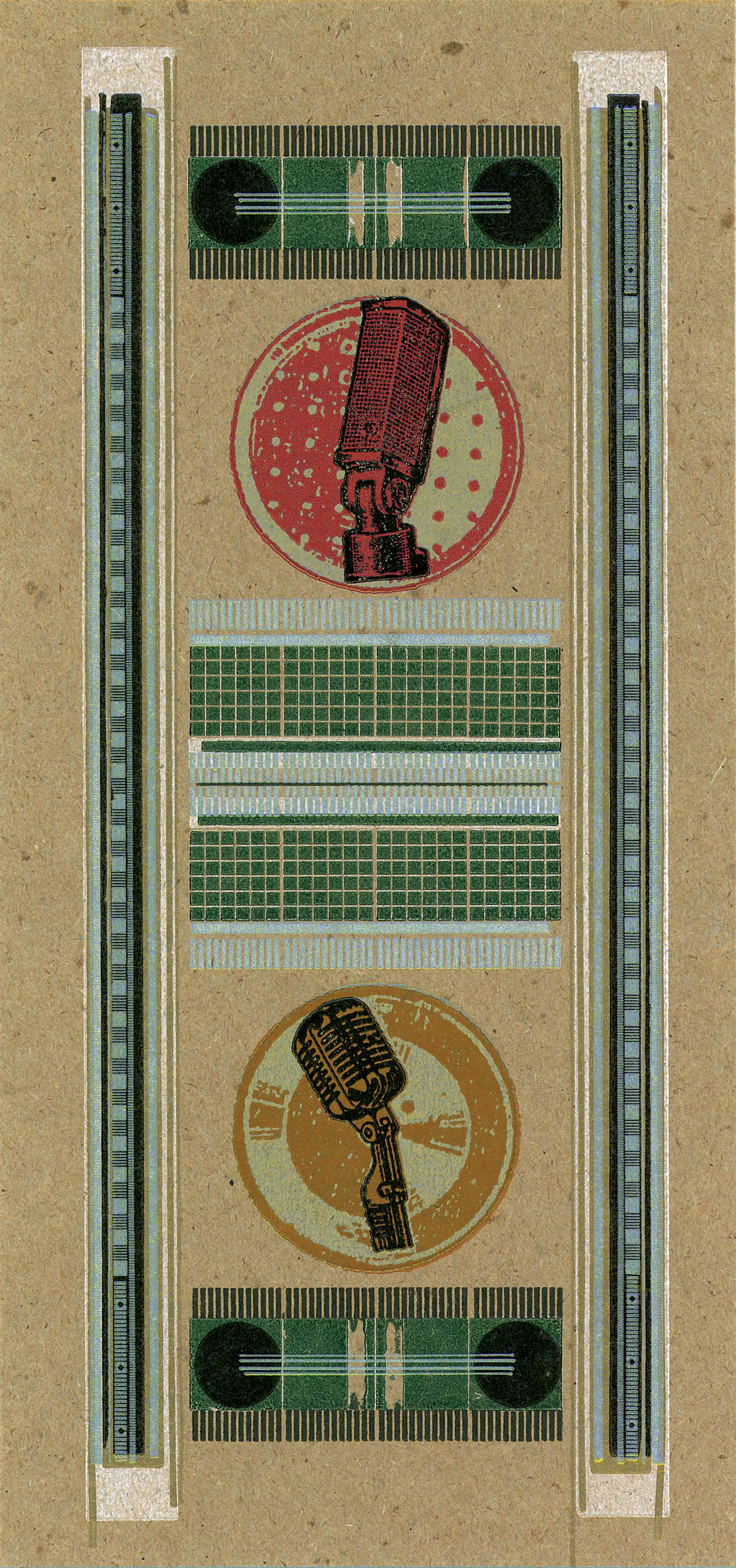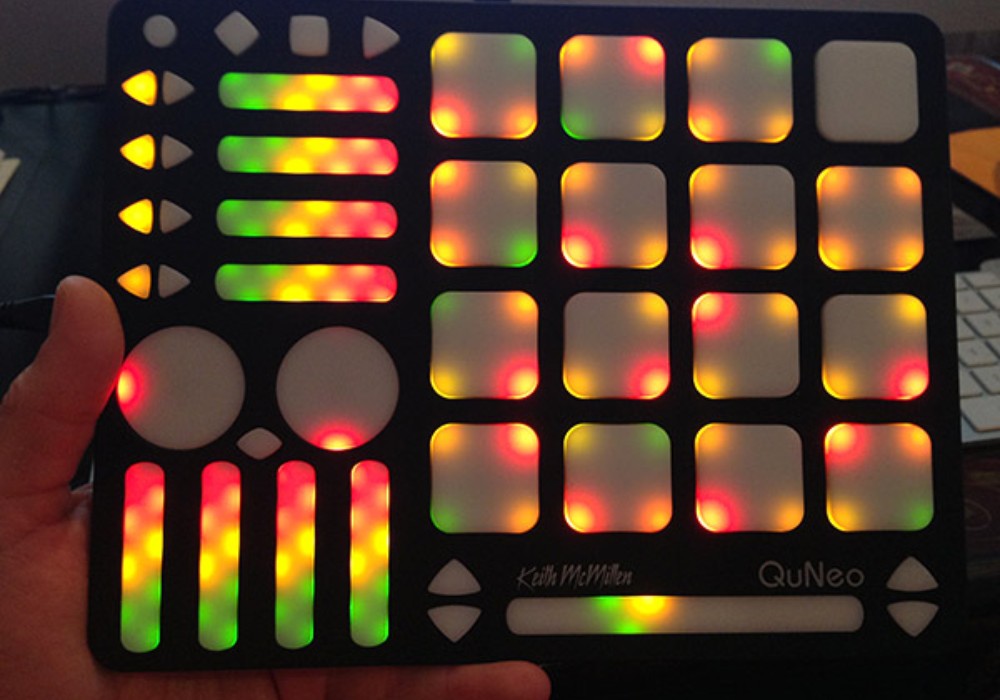I have recently been doing more mixing within the digital domain using a computer and recording software. While I like the flexibility of working this way, having to use a mouse for everything really sucks. With this in mind, I started to look at some of the control surfaces available and decided to try the 428 out for several reasons. For one thing, it's small (and affordable) and I can put it on top of my analog console without worrying about damaging the console. The unit has 9 faders, mute/solo buttons, panning, transport functions, and EQ adjust functions. It's about the size of an issue of Rolling Stone but a bit thicker and heavier. It will only address eight faders at a time, but this is a very minimal inconvenience once you get used to switching between banks of eight faders. It also works with just about every major piece of software available as opposed to some of the bigger more specialized controllers available, and that's important as our studio has ProTools, Performer and Logic users in pretty equal numbers. The install on this is pretty minimal. Install some drivers, set up your extensions sets and you're ready to go. All of the MIDI commands are sent via USB so you really only need one cable. One minor complaint is the wall wart needed to power the unit. It would have been cool to power it via USB somehow, but I'm guessing that if they could have they probably would have. At least you can just zip tie the USB and power cables together and then the unit can move around the control room pretty easily. One other caveat is to not exceed the 15ft. USB cable length. As our CPU is in another room, we initially tried to just hook up the 428 to the USB port in the Mac's keyboard. Nope, won't work. Keep those cables to 15ft. Or get a powered USB hub. At first, we used the 428 with Logic 4.81 and after a bit of fumbling, we got it to work. But, it was less than intuitive or seamless. This was obviously due to the power and complexity of Logic. If I was more savvy to mapping MIDI stuff and had a better understanding of Logic's environment, I'm sure we could have gotten the 428 to work more smoothly. Even with the confusion, the 428 made a trial mix in Logic much easier and smoother although we didn't feel like the implementation was as good as it could have been. Next we tried the 428 with ProTools, and this went much smoother. The install was amazingly easy and the integration was nearly perfect. Within minutes we were using the 428 to control just about every aspect of the software in a seamless fashion. Being able to use faders, pan pots, mute and solo buttons and a tape-style transport made mixing in Pro Tools much quicker, easier and just more fun. Next we set up the 428 with Digital Performer and after some slight futzing with the Free MIDI setup,this went just as smoothly as the Pro Tools install. The 428 has now become a staple for me when mixing digitally. It won't make your recordings sound any better, but you will be able to work faster which means getting more done before listening fatigue sets in which means your recordings will sound better. The 428 also supports Cubase, Nuendo and several other applications on both Mac and PC. The support for the unit on Tascam's web page is excellent. I bought the 428 for use in a professional environment, but if you were just starting a computer-based home studio, this might also serve you well. Although I didn't need them, the 428 also has 4 audio inputs (two mic/line and two inst./line) and two audio outputs that can be used to record/playback audio via USB/ASIO. Headphone monitoring, digital I/O and MIDI I/O are also implemented. The 428 could easily be the hub of a small studio setup. As a bonus, the 428 comes bundled with Cubasis and Deck LE so you can start using it right away without buying any software. It also works well with Pro Tools Free. Tascam also makes the US224, a smaller version of the 428 with only four faders and no pan or Eq knobs. The big bonus with this unit is it's even smaller footprint and it's completely USB powered so there's no wall wart! ($625 list, www.tascam.com)
Consoles/Summing, Control Surfaces, Dynamics, Monitoring | No. 55
8816 summing amplifier
by John Baccigaluppi
To be honest, I never really thought I'd be in the market for a summing mixer. When Dangerous Music pretty much invented the category with their 2-BUS a few years back, I thought about it but decided...





_disp_horizontal_bw.jpg)